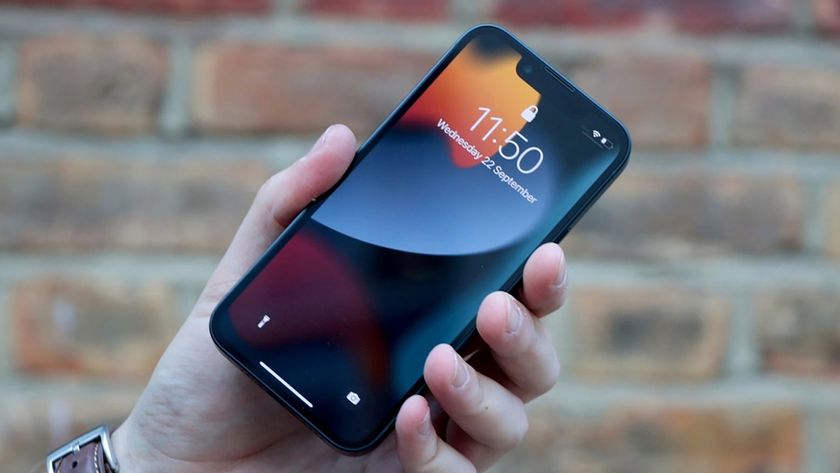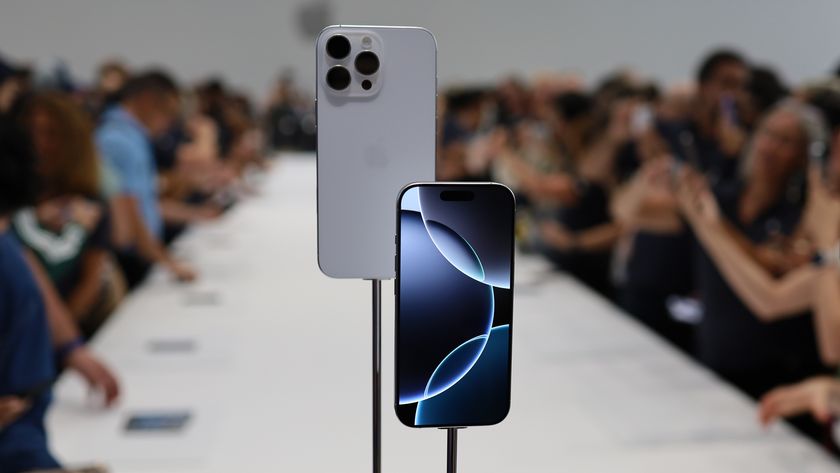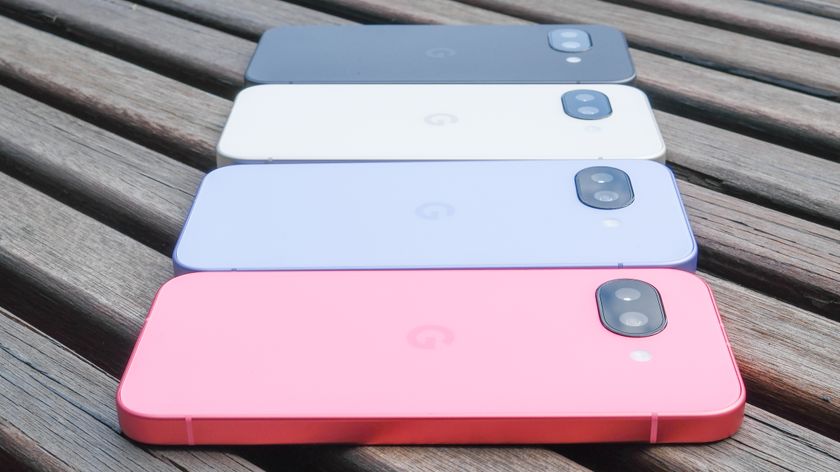Where does Apple go after the iPhone 6?
Is it the iPhone 6S, iPhone 6C, or iPhone 7 next?
We've discussed why the next iPhone will be the iPhone 6S and not the iPhone 7, and that this will mean a virtually identical handset design to the iPhone 6. So what will be different?
Given the aforementioned probability of an identical design, we can count out any change to the iPhone 6S's display. It will be the same 4.7-inch 1334 x 750 IPS LCD screen as can be found in the iPhone 6.
We can't even see Apple upgrading the protective material covering the iPhone 6S display, given the bankruptcy last year of its former sapphire glass partner, and the subsequent repurposing of its production facility.

It's internally where we're expecting things to move on from the iPhone 6. Following on from the A6 CPU found in the iPhone 5, the A7 in the iPhone 5S, and the Apple A8 CPU found in the iPhone 6, you can bet your bottom dollar that the iPhone 6S will run on a new and improved A9 chip. Like the previous design point, this is just what Apple does, and there's absolutely no reason to believe that it's about to change that.
According to Recode, among other sources, Apple has signed an agreement with Samsung to produce these A9 chips for its next iPhone, largely thanks to the Korean company's success in shrinking the production process down to 14 nanometers. Small chips create less heat, making them more energy efficient.
As for performance, a rough indicator can be gleaned from ARM Holdings - the company that produces the core chip blueprints that Apple (and almost every other mobile chip maker) bases its own CPUs on.
ARM announced in early February that its new Cortex-A72 processor design would be 3.5 times more powerful than comparable chips from 2014, as well as being 75% more energy efficient.
Get daily insight, inspiration and deals in your inbox
Sign up for breaking news, reviews, opinion, top tech deals, and more.
Apple heavily customises its own chips, of course, but at least now we know the kind of raw performance gains that could be on the cards for the A9.
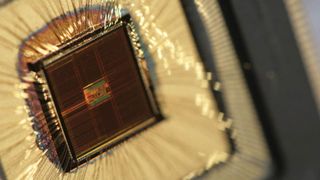
Another component that could be improved in the iPhone 6S is its Touch ID fingerprint sensor. According to KGI Securities analyst Ming-Chi Kuo (a pretty solid source for Apple predictions) Apple will launch the iPhone 6S with an upgraded Touch ID module. This will apparently provide "a better and safer Apple Pay user experience with reduced reading errors."
Talking of touch-feely technology, The Economic Daily News reckons that Apple is going to fit the next iPhone out with similar '3D touch' technology to that soon to be seen in the Apple Watch. This would mean that the iPhone 6S's display could detect the pressure you're putting on the screen as well as your finger's movement across it.
The report seems confident that Apple is sourcing the components from American manufacturer Avago Tech. We can't see such an advanced feature making its way into an iterative iPhone 6S update, for the reasons stated above. Maybe the brand new iPhone 7?
Finally, we should consider an increasingly important component for any new iPhone - its camera. Back in November, renowned Apple commentator John Gruber claimed to have heard that the iPhone 6S camera would represent "the biggest camera jump ever" for the range. Rumour has it that it will utilise a "two-lens system" for the rear snapper, which apparently "takes it up into SLR quality imagery."
This dual-lens rumour reared its head again in January, so there's clearly something going on here. Whether we'll see this big step forward in the iPhone 6S or will have to wait until the iPhone 7 remains to be seen.
Will we see an iPhone 6C?
Somewhat removed from the whole iPhone 6S and iPhone 7 hullabaloo, one rumour that seems to have cropped up from time to time ever since the iPhone 6's release is that Apple will provide a belated follow-up to the iPhone 5C in 2015. It should be noted that this is largely based on speculation at this point, with virtually nothing in the way of compelling evidence to back it up.
Still, there is a case to be made for an iPhone 6C, largely through looking at the status of the iPhone 5C.
Apple opted not to make an iPhone 6C last year, as it focused instead on introducing the larger, more expensive iPhone 6 Plus. However, this has left a gap in its roster for an up-to-date cheaper option. The iPhone 5C is 18 months old now, while the iPhone 5S remains a premium phone despite its similar age, and can't simply be given a dramatic price drop without slicing into Apple's profit margins.
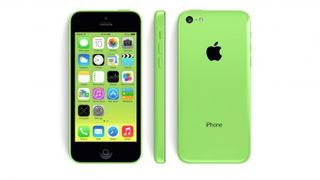
No less compelling is the anecdotal evidence that a sizeable minority of iPhone fans continue to prefer the old 4-inch form factor abandoned with the release of the iPhone 6.
There's one not inconsiderable counter-argument here. The iPhone 5C didn't sell particularly well, at least initially. Back in June, some eight months on from the iPhone 5C's release, a Forbes article estimated that Apple had sold 24 million iPhone 5C handsets. Not bad, but certainly not great either when you consider the iPhone 6 figures we mentioned earlier.
Of course, this underperformance prompted Apple to release a lower capacity, cheaper 8GB model in March, and the 5C range sold reasonably well in the lead-up to the iPhone 6 launch. Indeed, Kantar Worldpanel ComTech reported that the iPhone 5C was Britain's best selling smartphone during August.
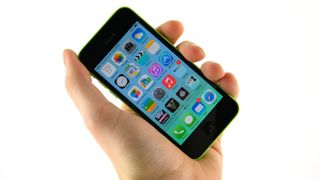
The kind of people who bought this cheaper model didn't necessarily care that a much more advanced iPhone was imminent, or simply knew they wouldn't be able to afford it. In other words, these late iPhone 5C buyers are not typical Apple customers, and represent an appealing new market that Apple would likely want to continue to tap into.
Nevertheless, reports emerged in November that the iPhone 5C would be discontinued in mid–2015. This could be another sign that an iPhone 6C will be launched alongside the iPhone 6S, but again, it's all just speculation at this early point.
As is talk of what such an iPhone 6C would look like. Our guess is that Apple could well use the opportunity to introduce a new 4-inch model, complete with the iPhone 6's innards (or even the iPhone 5S's) and a Touch ID sensor, finally bringing Apple's fingerprint technology to the entire iPhone range.
Current page: What to expect from the iPhone 6S
Prev Page Where does Apple go after the iPhone 6? Next Page What will iOS 9 bring?